Réunion Island is best known for its spectacular landscapes – soaring volcanic peaks and thickly forested mountains, tumbling waterfalls, serene beaches, and wide sand plains that are reminiscent of Martian landscapes.
A Air Austral: Located in the Indian Ocean, east of Madagascar and 175 kilometres south-west of Mauritius, Réunion Island is a direct four-hour flight from Johannesburg on Air Austral. Réunion’s national carrier has direct flights between Johannesburg and St Denis between two to three times a week, depending on the season. Air Mauritus and Air Madagascar also undertake regional flights. While Air France operates a non-stop 14-hour flight from Paris, as well as stop-over flights from Marseille, Lyon, Toulouse and Bordeaux.
B Beaches: From palm-fringed powder white beaches to volcanic sand beaches, rocky cliffs of solidified lava, and shallow turquoise lagoons – this tropical island has it all. No matter which beach you choose to relax on, remember to only swim in demarcated swimming areas or within natural and man-made rock pools, as there are no shark nets. These also often have a lifeguard close at hand.
The lagoon on the western coastline is hemmed in by a 30km coral reef that makes for warm, turquoise waters that are perfect for snorkelling, swimming, stand-up paddle boarding and kayaking. This is the best place to swim in the open water. Boucan-Canot beach in Saint-Gilles-les-Bains is one of the island’s most frequented beaches due to its golden sands. On L’Hermitage beach (near Saint-Gilles-les-Bains), you can read in the shade of the filaos or snorkel in the lagoon. Keep your eyes open for some of the 1 000 plus fish species, such as triggerfish, surgeonfish, trumpet-fish and clown fish, as well as turtles. A little further south, near Plage (beach) de la Saline, you can hire a transparent kayak and take it out onto the water for a different view of this natural aquarium. If you order from the restaurants that line the beach, you will also most likely get a beach lounger to use. Kelonia Beach, on the outskirts of Saint-Leu, and also on the western coast, is a popular paragliding site. You can often see locals playing beach spots, such as beach-tennis and beach volleyball, along its long stretch. It is bookended by a natural pool of volcanic rocks. And, if you’re looking for unusual black sand beaches head to Etang-Salé.


C Cilaos: Get a taste of Réunion Island’s typography along the RN5 mountain pass. Its 37km stretch of around 432 hairpin bends takes you to the quaint mountaintop hamlet of Cilaos. This is the highest settlement on the island and is said to be where escaped slaves found their refuge. Indeed, the name Cilaos originates from the Malagasy word tsilaosa, which means “country you don’t leave”. Due to its elevation, it’s an ideal place to take on a walking or hiking trail, no matter your fitness level. We walked along one of the many free hiking routes that span 80km around the town. Not to be missed is the La Roche Merveilleuse lookout point that faces the highest peak in the Indian Ocean – Piton Des Neiges (snow peak). Back in town, pastel-coloured houses, shops and restaurants fan out from Notre-Dame-des-Neiges (Our lady of the snow) church.
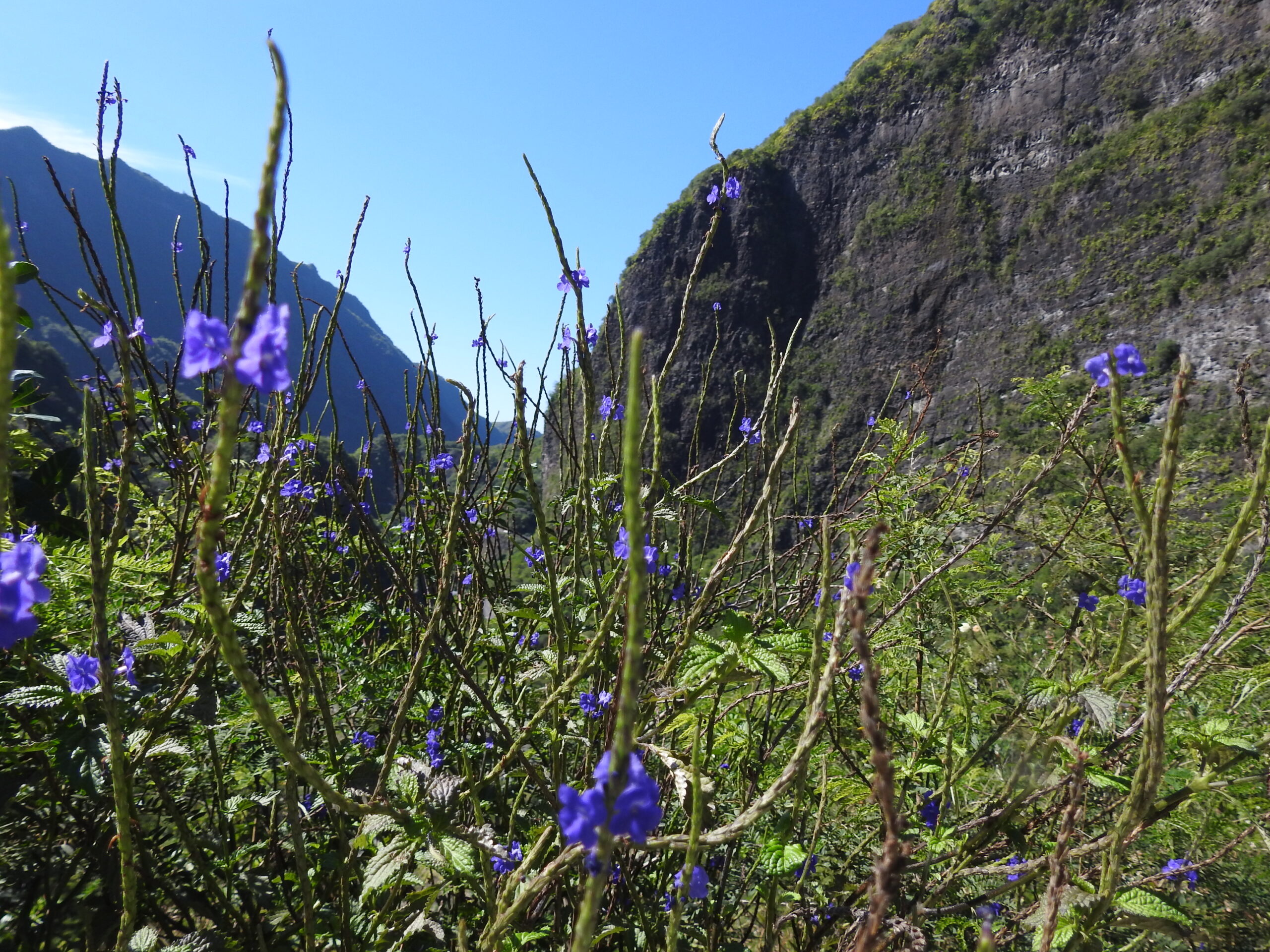
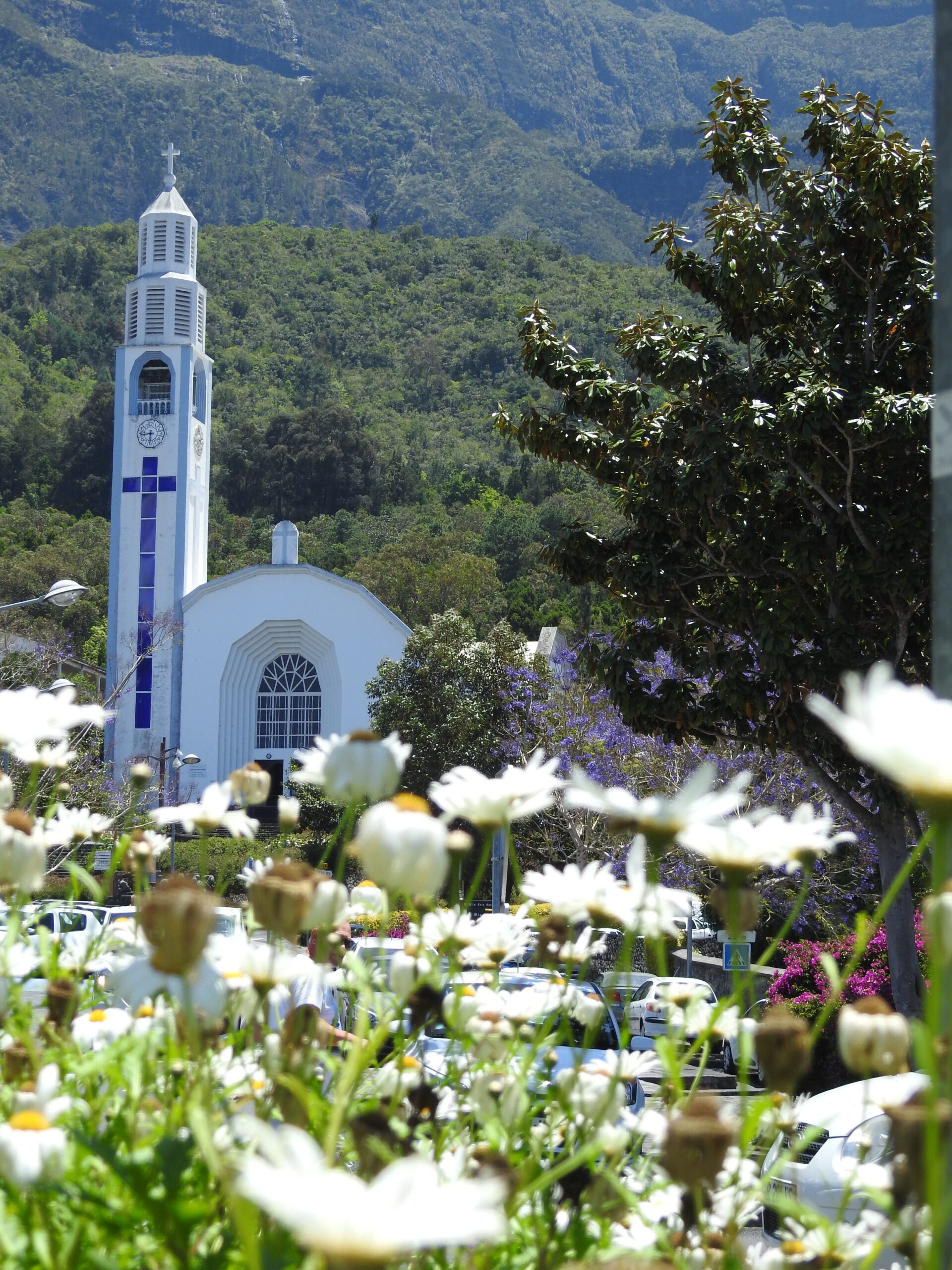
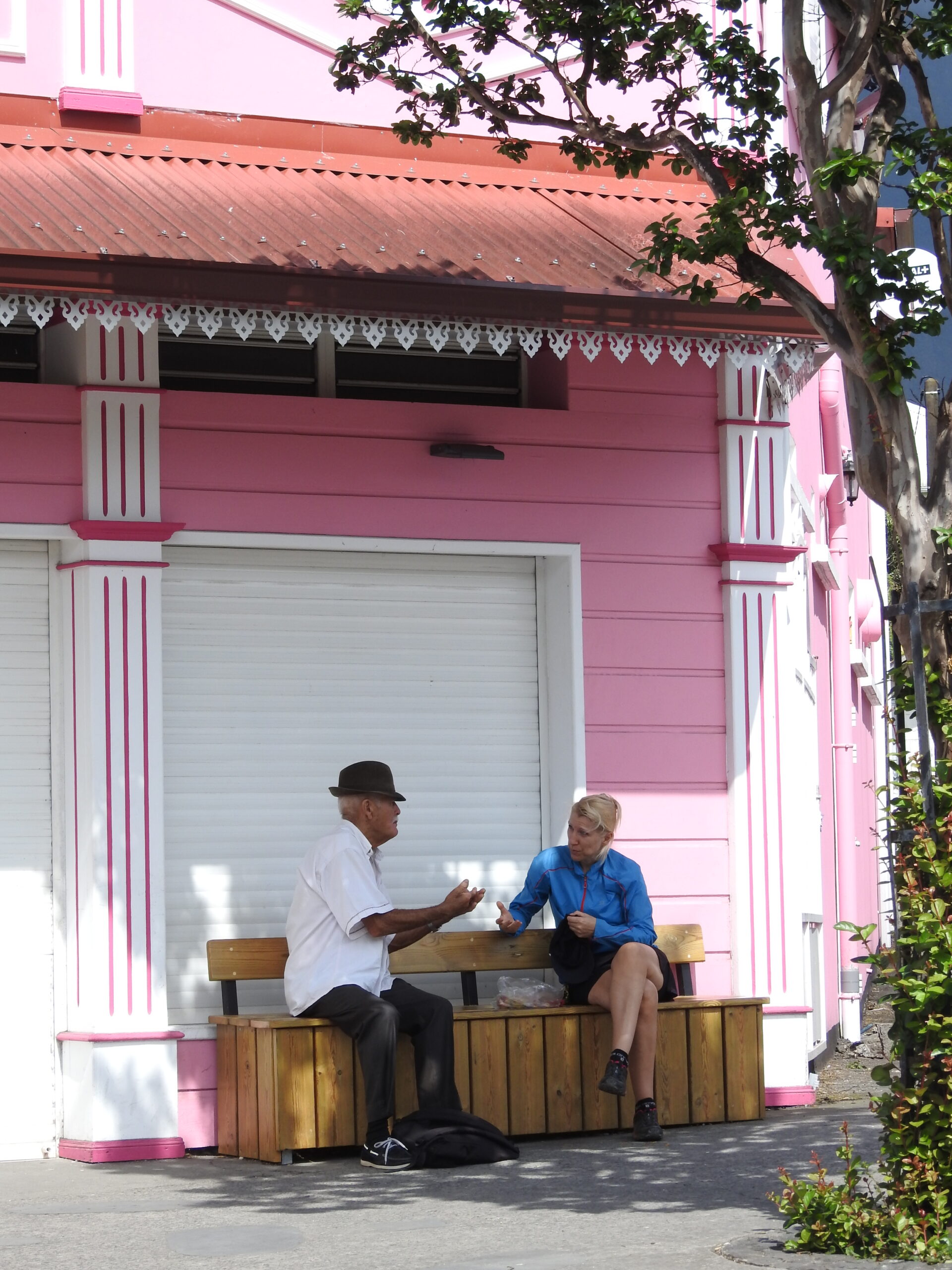

D Driving a rental car is the best way to get around this island, which measures 120km in circumference. There’s so much to see and do on the island, even though it’s only 2500km2. The roads and infrastructure adhere to high European standards, which make a self-drive itinerary highly recommended. International car hire companies include: Avis, Hertz, Eurocar. Don’t forget to pack you international driver’s license, as you’ll need to drive on the right hand side of the road.

E Enchanté: Acquaint yourself with the island before your travels by exploring the tourism board website: www.en.reunion.fr. Here you’ll find everything you need to know about when to go, how much to budget, what to do and where to stay. It’s your first stop for planning your itinerary.
F France? Yes, Réunion Island is a foreign French department that floats in the Indian Ocean. It was initially called Bourbon Island by the French and later renamed Bonaparte Island, after Napoleon. For all intents and purposes Ile de la Réunion is France, but as our guide Sully from Ethnix Tours explained: “It’s a different kind of France. They speak French, use the Euro, and eat lots of baguettes, croissants, and cheese alongside traditional Creole cuisine. The island follows French laws and legislations but has its own president and regional flag.”
G Graffiti: Go in search of Gouzou – the island’s playful orange mascot that has been painted in the most and least obvious of places. I didn’t get around to counting the number of times I spotted him, but it became somewhat of a routine to photograph him wherever I could, whether it was from our moving bus or along a beachside promenade. I also particularly enjoyed walking the streets of central Saint Pierre in search of various works of street art.
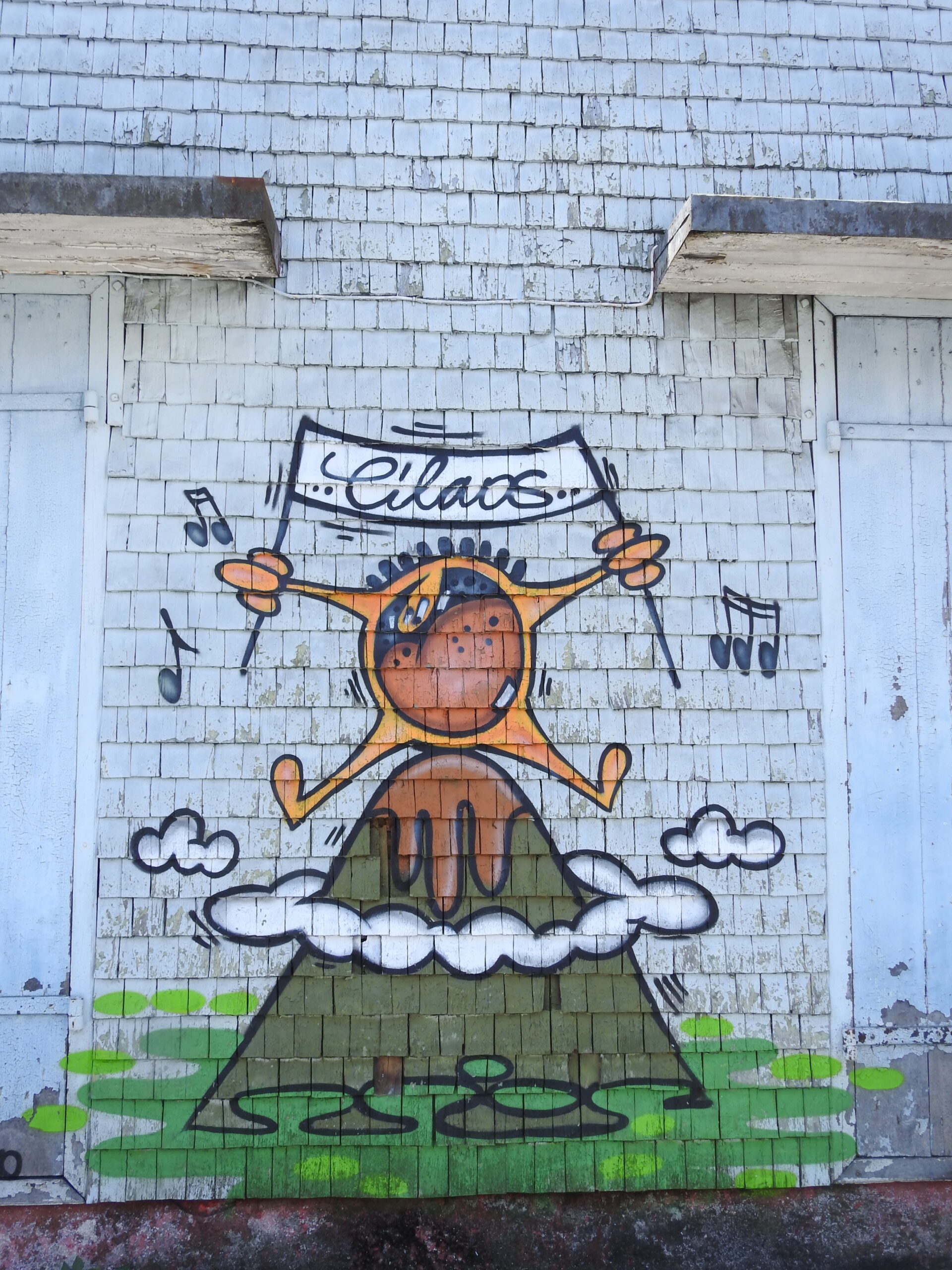

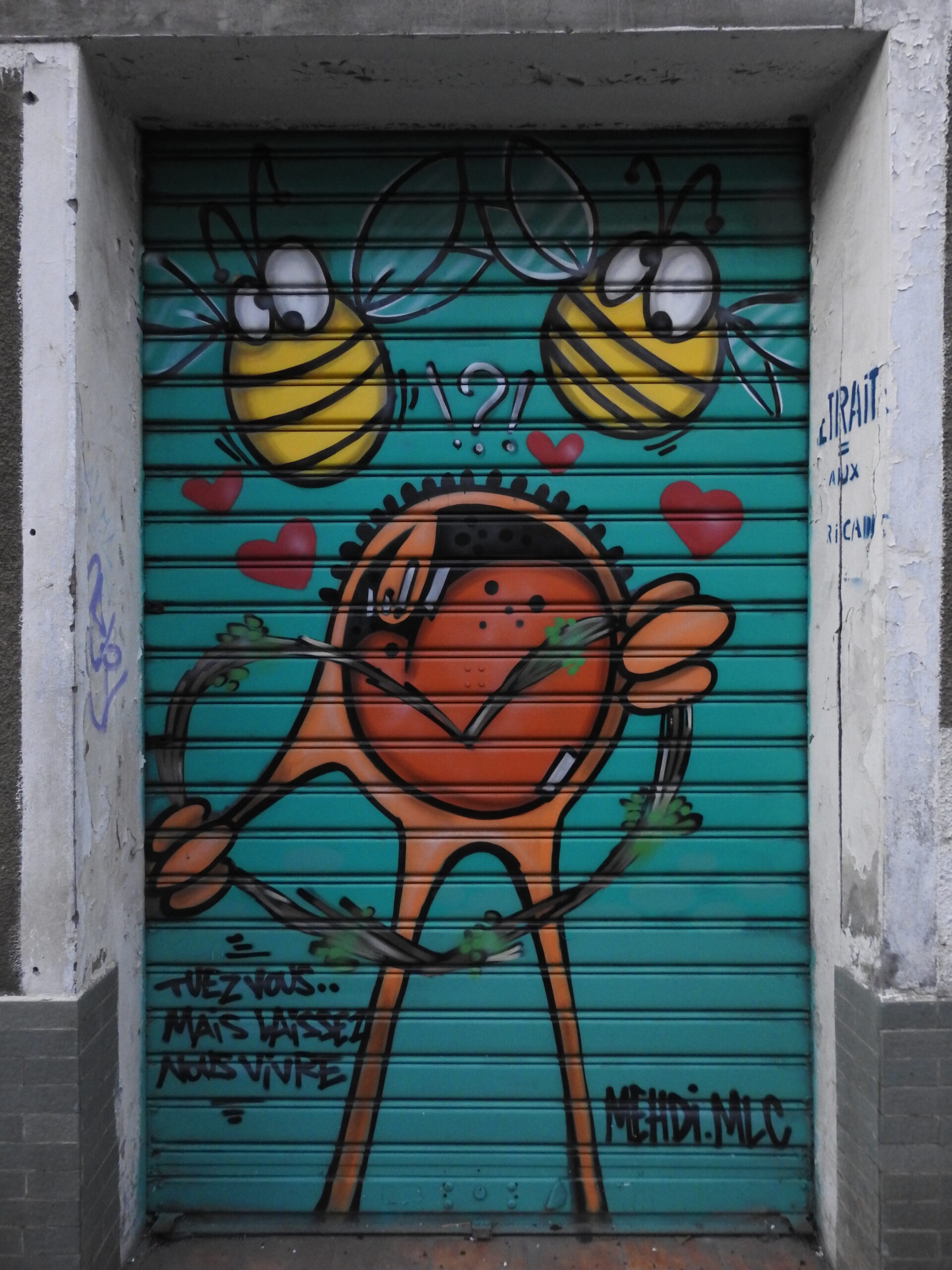
H Hiking: The island is criss-crossed by numerous hiking trails that vary in length from 3km to 130km. There are more than 900km of marked trails that weave their way through dense rain forest in the east, across savannah or sugar cane fields in the west, and lunar-like volcanic landscapes or walks along the shoreline. Réunion Island is famed for its three long-distance hiking trails.
The R1 (60 km) takes a route around Piton des Neiges and past the Salazie, Mafate and Cilaos craters. The R2 (130km) crosses the island from north to south, from the coastline to the highest summits (Piton des Neiges and Piton de la Fournaise). While the R3 (38km) crosses the Mafate crater, a site that is accessible only on foot or by helicopter. All hiking routes are free and are maintained to a world-class European standard. On multiday hikes, you can stay in mountain lodges, guest houses and home stays that are found across the island.

I Ice-cream parlours that serve up vanilla ice-cream made from vanilla grown on the island dot St Denis. I think this was the highest concentration of ice-cream parlours I’ve ever seen in a capital city – pure indulgence. You’ll also find boulangeries and patisseries around every other corner. The island’s culinary delights with a mixture of French and rustic Creole flavours that is as diverse as the people. To better acquaint ourselves with the island’s cuisine, we undertook a Creole cooking class on L’Hermitage beach with Willem Robert. You might have heard of him, he’s the singing chef from Anime Pique Nique and can set up a cooking class just about anywhere on the island. Taste the local Bourbon beer, which the locals call ‘Dodo’ even though the bird on its label is said to be an ibis. And do try the many rum variants that are made in distilleries found along the western coast of the island.
J Jump off the edge of Piton des Neiges, the highest peak in the Indian Ocean, as you tandem paraglide over the lagoon. Piton des Neiges is found in the centre of the island and, rest assured, has been inactive for around 20 000 years. Otherwise, opt for one of a few helicopter flips over the island with Corail Helicopters. They have sunset flips and can take you over the erupting volcano when it is active ad across a numner of other aerial routes. A 35-minute early morning heli flip, along the Trois Circques route, saw us fly over the active Piton de la Fournaise crater and the three collapsed calderas of Piton Des Neiges. We flew over Mafate, Selazie, Trou de Fer and Cilaos, as well as the lagoon. Some of the villages located here can only be reached on foot or by helicopter.

K Kayak between the inlets of Etang de Saint Paul within the National Nature Reserve. The natural rivers, canyons and pools make Réunion Island ideal for canyoning and aquatic hiking. If you’re brave and skilled enough, it’s also possible to take on the ocean in a kayak.
L Language: English is widely spoken at tourist attractions, but it can’t hurt to learn a few helpful French and Creole phrases. The island is very culturally diverse with a multitude of religions and people that call it home.

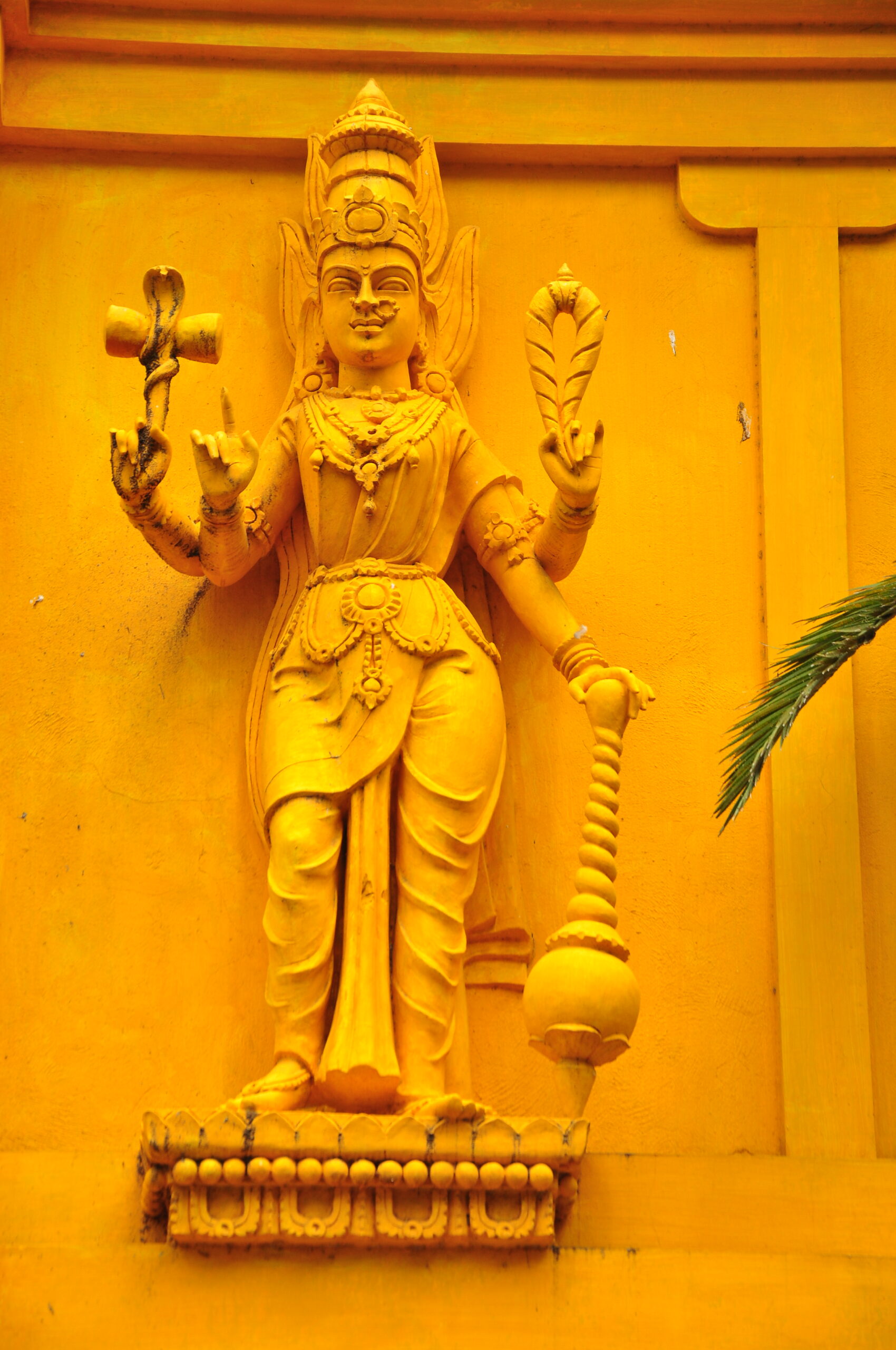
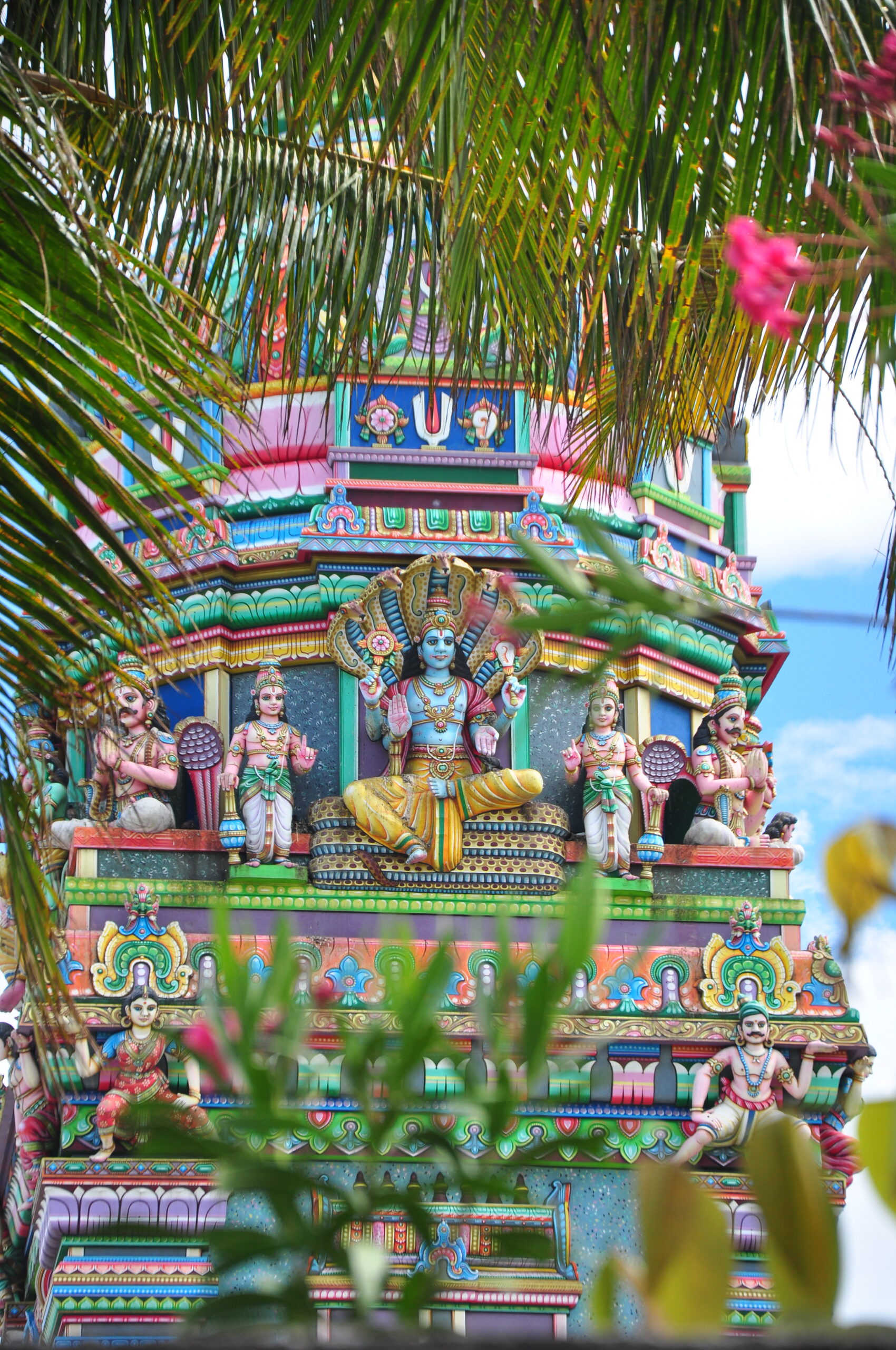
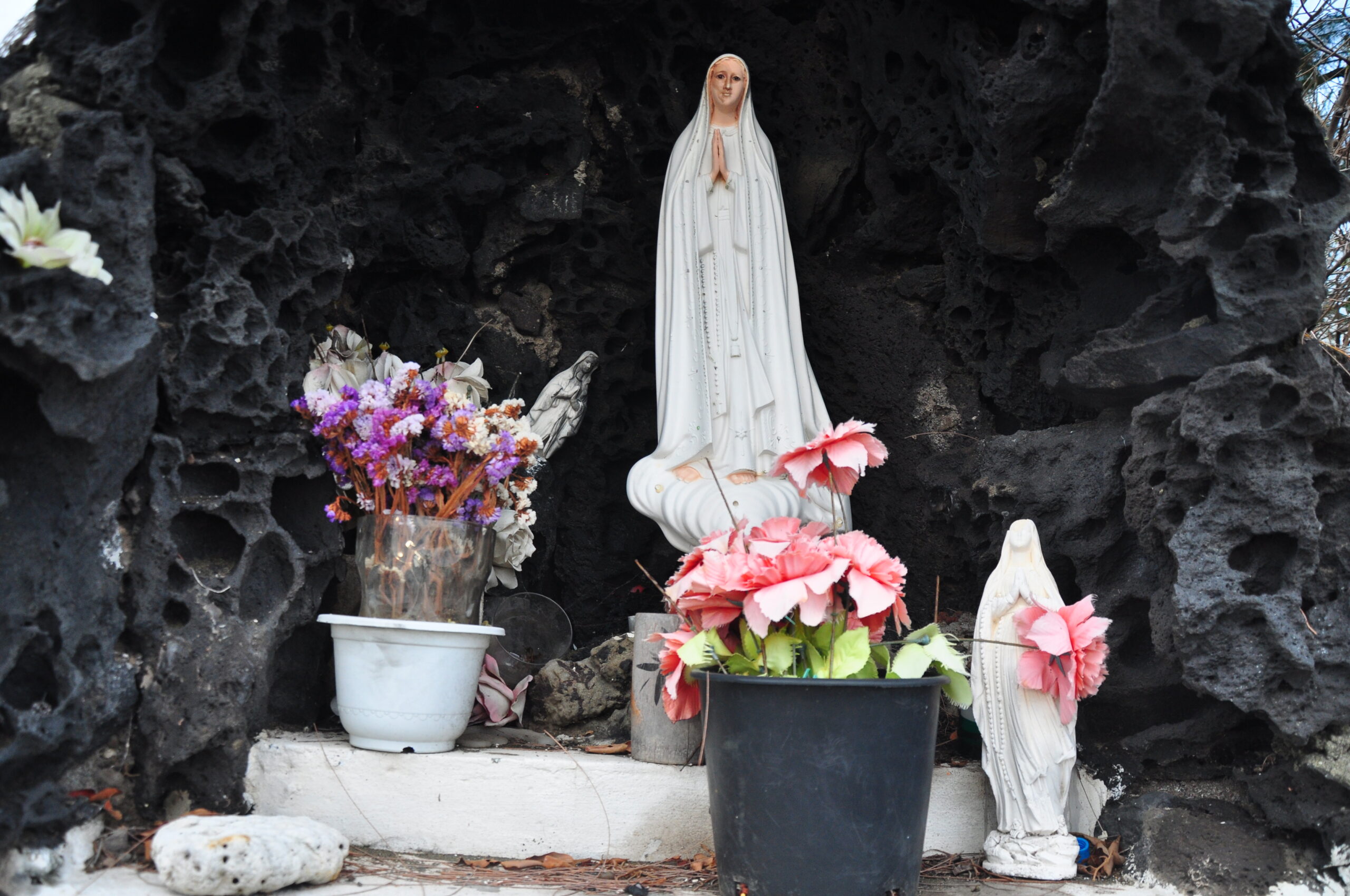
M Money: International currency and credit cards are widely accepted and ATMs are found in every town across the island. As in France, the Euro is the currency, so while it is more expensive than Mauritius (which is well-known for its all-inclusive packages), it’s somewhat on par with the Seychelles in terms of costs.
N Nightlife: head to St Denis for late-night dinners at restaurants and bars, followed by a rendezvous at a club. It’s the cosmopolitan heart of the island, and where most tours start and end, which is why it draws crowds of locals, expats and travellers, particularly on weekends.
O Oenophile? Yes, you’ll find lots of French (and South African) wine and real champagne here. And try to get your hands on some Cilaos wine which is made in the mountaintop hamlet from the grape “Vitis Labrusca” or “Isabelle”. There are red, rosé, dry white and “primeur” wine varietals to savour from what, technically speaking, is the first European vineyard in the Southern Hemisphere.
P Piton de la Fournaise has an 8km-wide caldera (a large cauldron-like depression that forms following the eruption of a magma chamber). You can climb down the steep basalt cliffs inside this 530 000-year-old caldera within 20 minutes. Once inside, you are surrounded by smaller craters, spatter cones and stand among potholed volcanic rocks as you stand among stones of different sizes.
This shield (or hotspot) volcano doesn’t erupt with clouds of ash and smoke, flying rocks and rubble, but rather with spectacular lava fountains and large expanses of bubbling lava. These gentle geological pyrotechnics makes it possible to observe an eruption from a safe distance within the Réunion National Park, while being overseen by park officials, or during a heli flip. And if you’re fit and adventurous why not set your eye on the hiking the 2 631-metre summit, which is aptly called furnace peak. You can even camp at its rim.
Read my post about Volcano Tourism on Reunion Island.

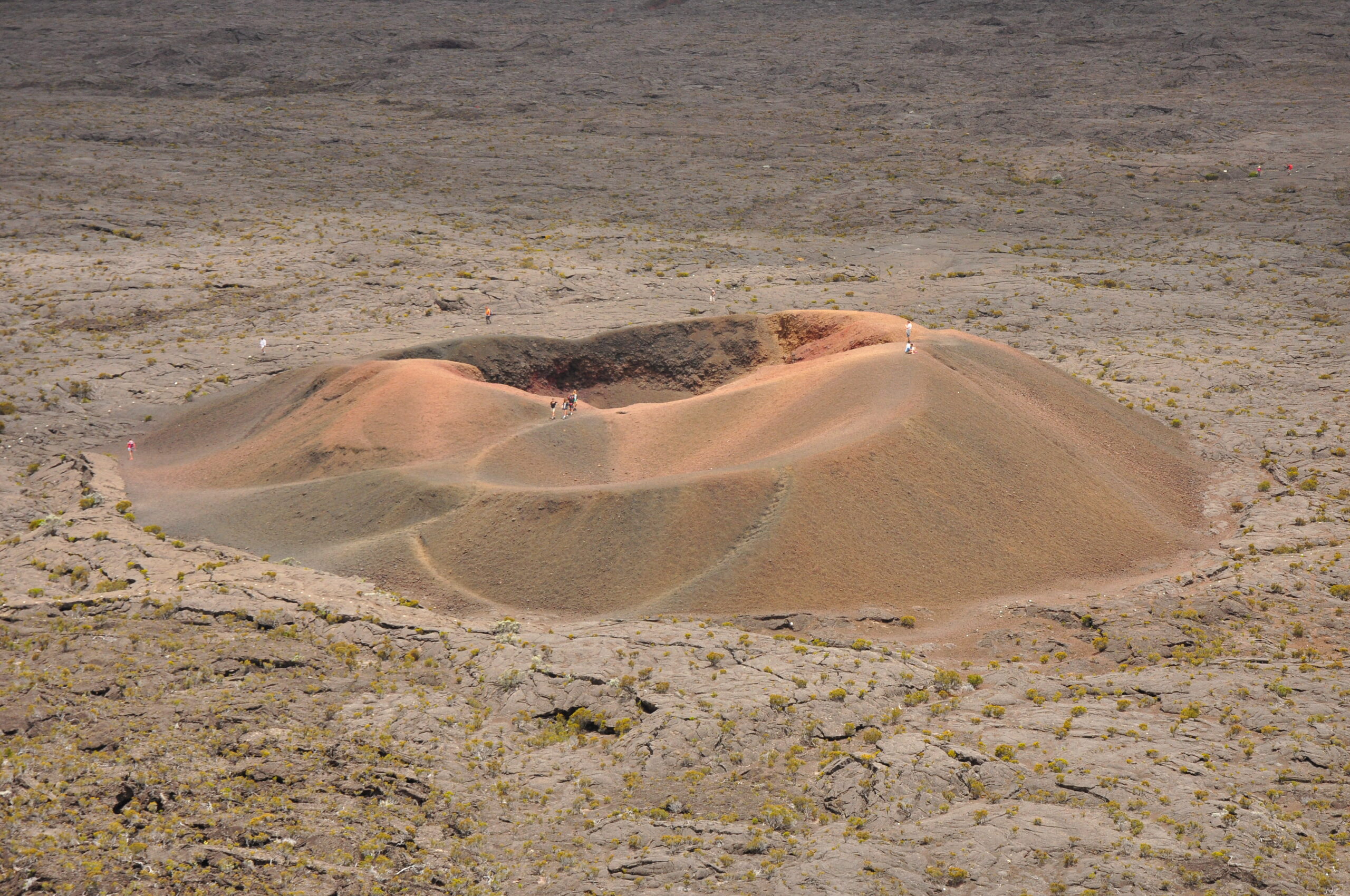

Q LGBTQI friendly: Réunion, like mainland France, is progressive in thought and LGBTQI friendly. Here same-sex marriage has been legal since early 2013 and discrimination on the grounds of sexual orientation is illegal. Indeed, the locals welcome diverse travellers from around the world.
R Rock pools: The tropical island has a circumference of 210km – that’s a whole lot of beaches with a few volcanic cliffs thrown in between. During my last visit, I stayed on four parts of the island, in the north, east, south and west, which gave me a comprehensive view of what makes each region distinct, as well as how the beaches and swimming conditions vary. Stay safe by swimming in natural and man-made rock pools that necklace the island, as there are no shark nets.
S Spelunking: I strapped on my knee guards, tightened my helmet, secured the head torch to it and then lowered myself into the heart-shaped hole in the earth. Though this lava tunnel (one of six on Réunion Island that you can go spelunking through) is 6km long, we only explored the first kilometre in the direction towards Piton de la Fournaise in the two hours with our guide Jan. In some places we had to crawl on all fours, while in others the spacious galleries host monthly musical concerts (especially as there’s no echo). The hardened caramel-coloured lava looked like a porous Crunchie honeycomb chocolate in some places, while in others the viscous liquid had slid down the inner walls of the lava tunnel like the long legs of swirled wine in a glass. As we sat in one of the larger galleries, we turned off our head torches. One by one. We were instantly enveloped by darkness. My natural instinct was to open and close my eyes repeatedly to allow them to adjust to the darkness and search out some kind of light. Nothing — and yet everything surrounded us. Only the chorus of dripping water remained.
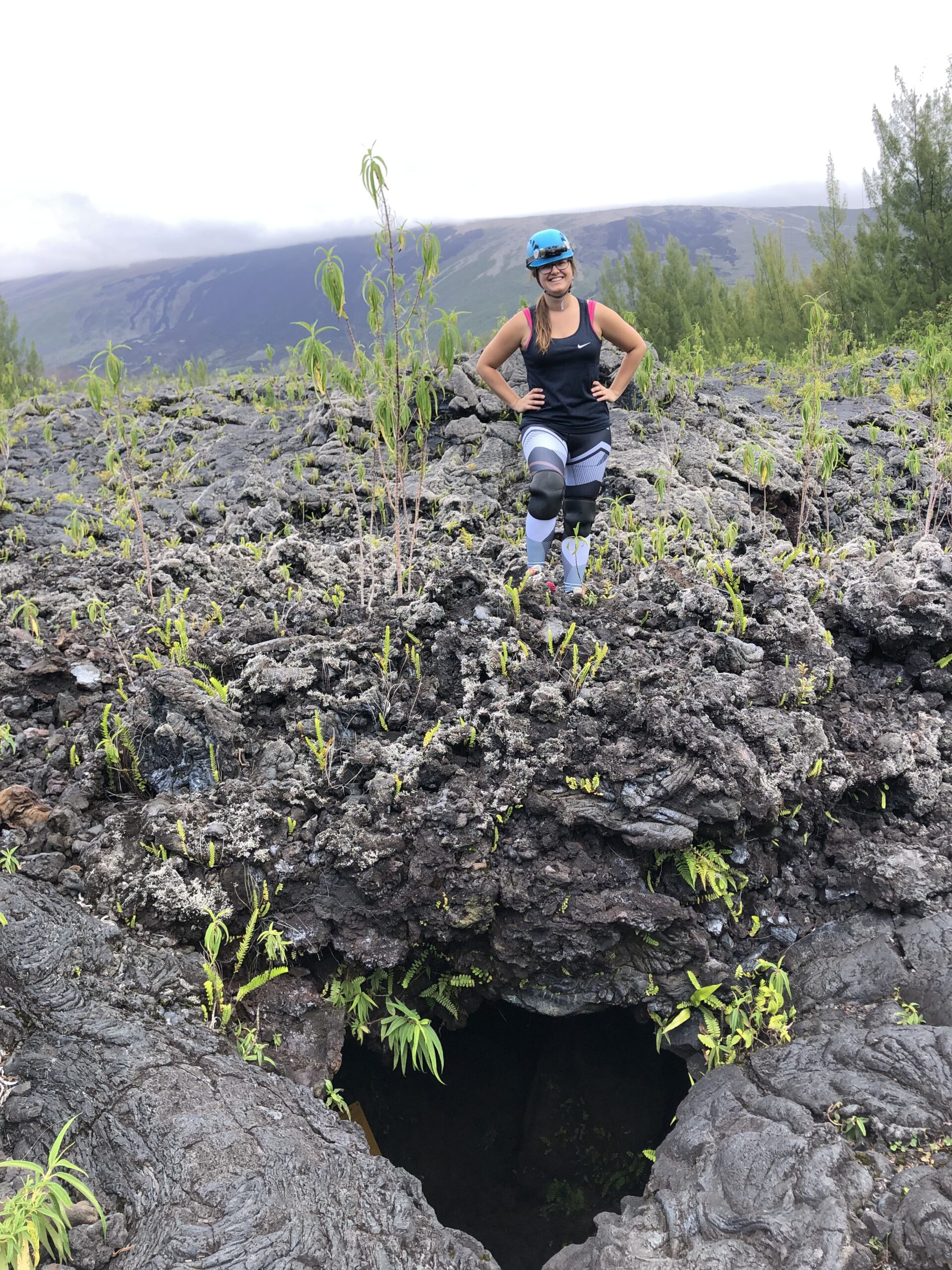
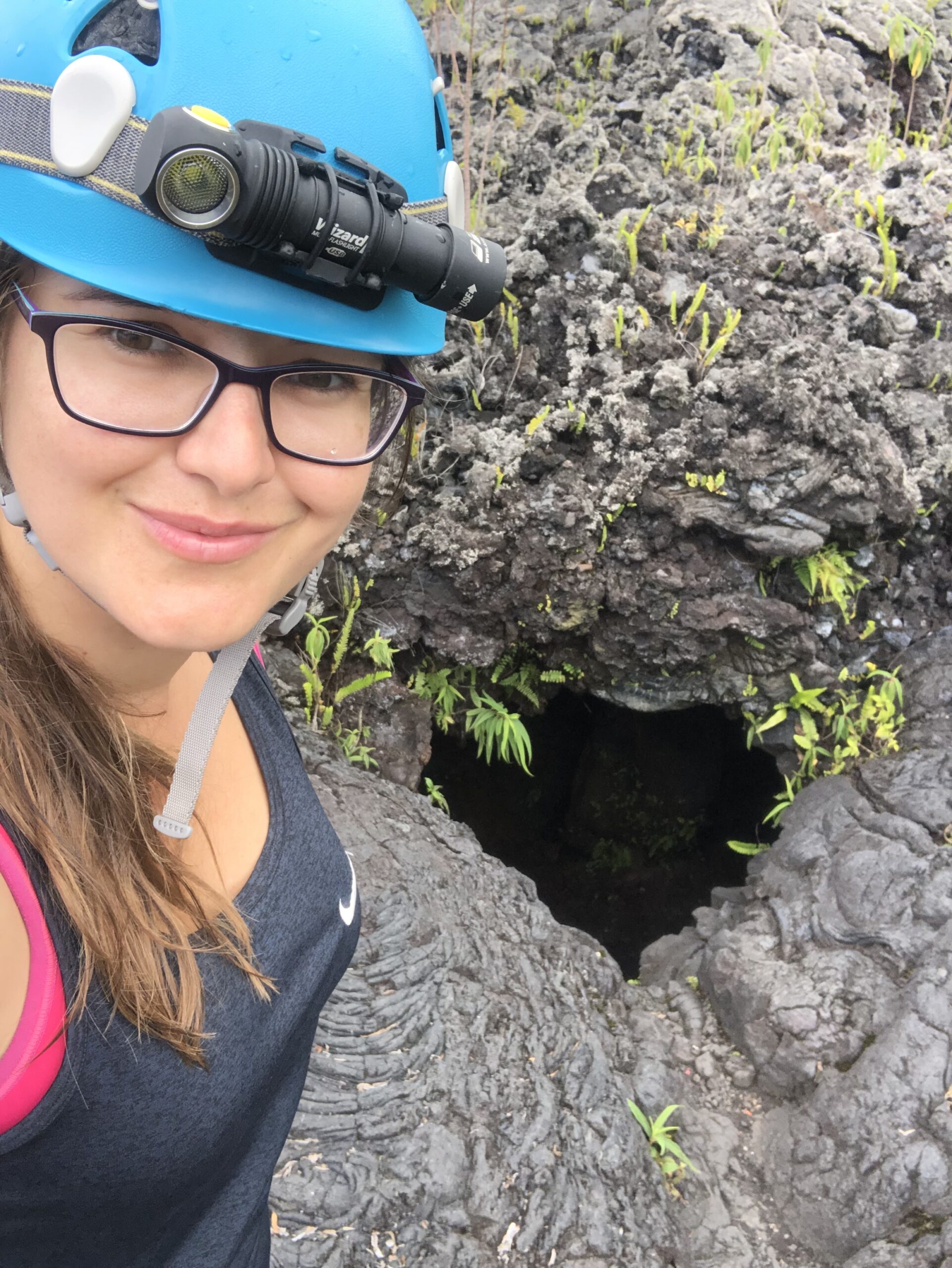
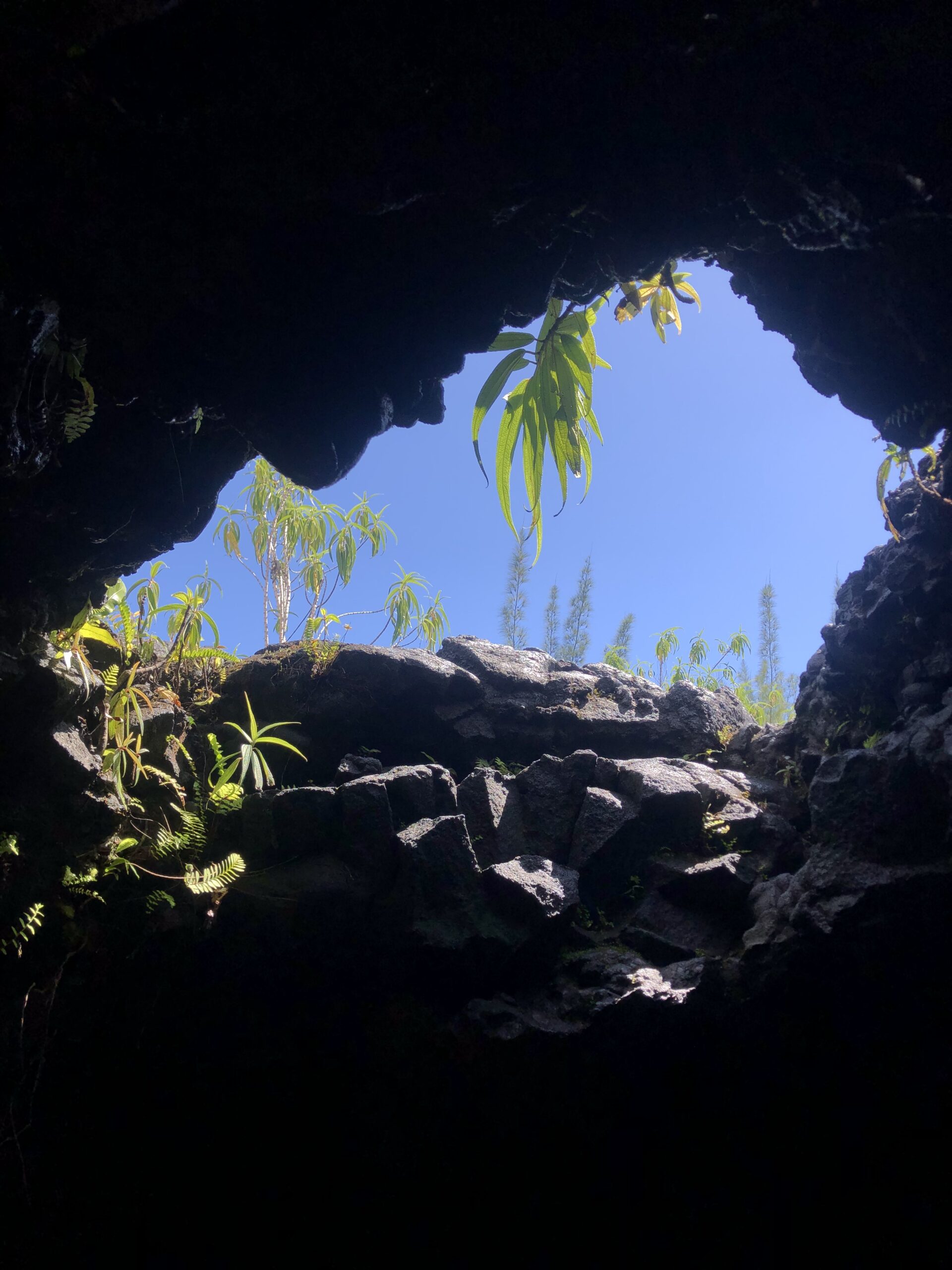
T Transportation: public transport is widely accessible and affordable. If you’re on a budget, look out for the regular yellow busses that criss-cross the island. If you’re an active traveller, it’s also safe to walk or cycle around the island.
U UNESCO Status: 42% (over 100 000 ha) of the island is a protected UNESCO World Heritage Site within the Réunion National Park. It is recognised for the biodiversity of its flora and fauna. On the one side of the road there are Alpine-green landscapes scattered with cows and swept with low-lying clouds. And on the one side, raptors soar over rugged, forested gorges. As you driver deeper into the national park and closer to Piton de la Fournaise volcano, the landscape becomes rocky and desolate. It’s a burnt red colour similar to Mars, which is why it is likened to a scene from a science fiction film. The topography has been moulded by lava flow over millions of years.
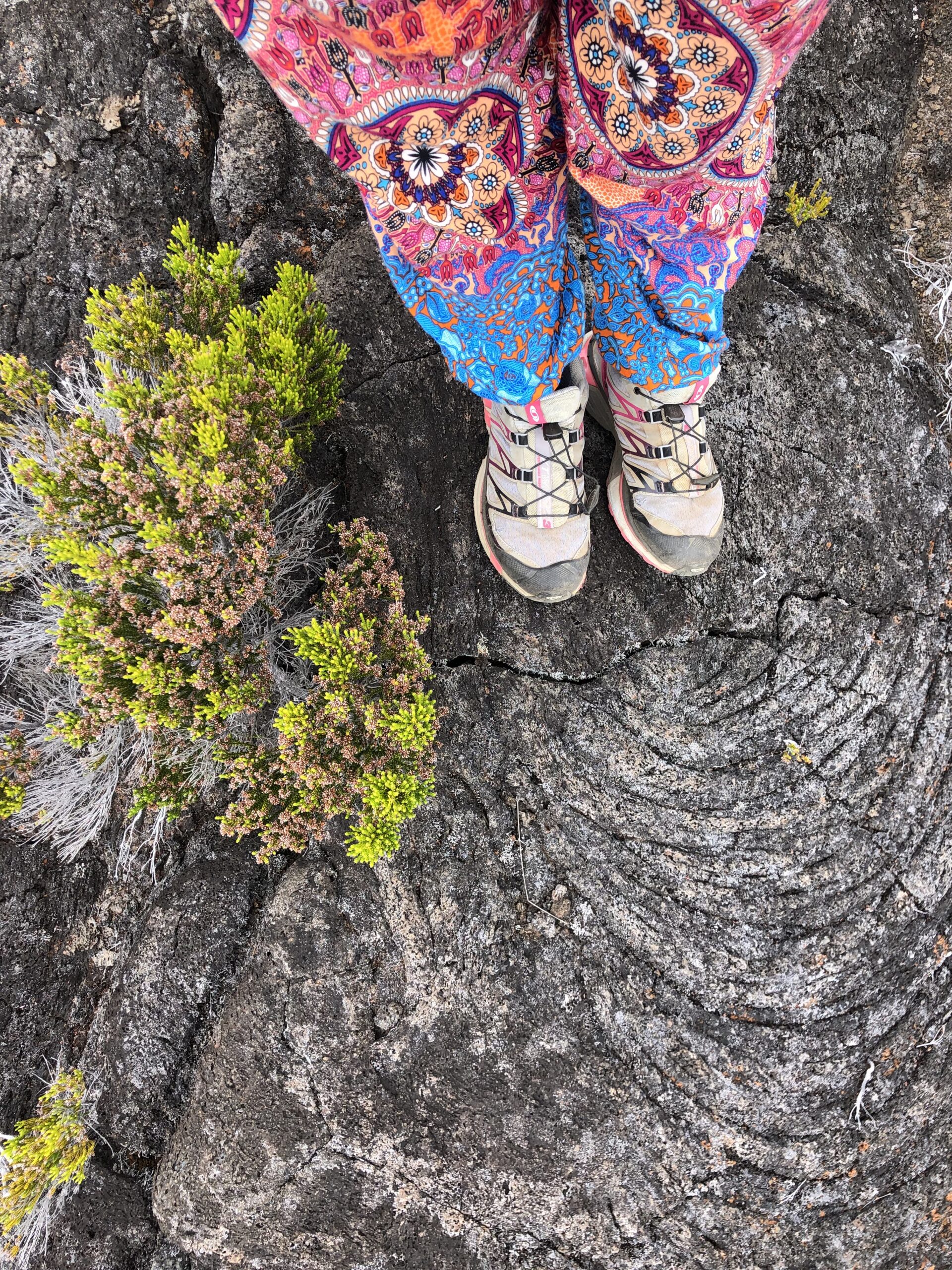
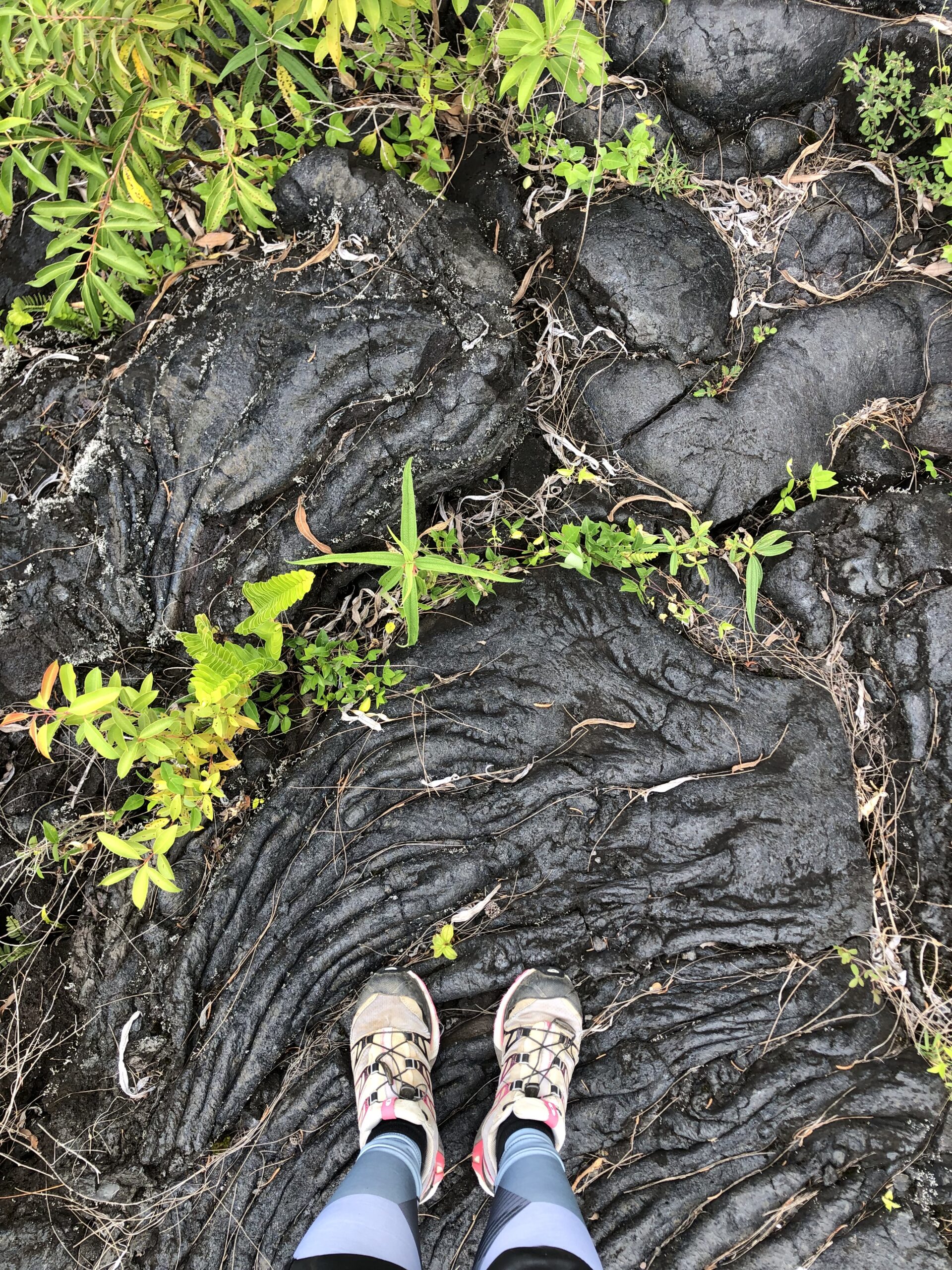
V Visa-free destination for South Africans (for holiday stays of up to 90 days) and EU citizens. It’s as easy as that, no paperwork, no waiting or a visa, just arrive with your holiday plans in place, accommodation booked and enough money to see you through.
W Whale watching season is from late June until the end of October. The hilltop hotel I stayed at along the west coast overlooks the Indian Ocean and has regular sightings of sperm, fin and humpback whales from the wooden deck, during peak season. There are a number of land-, water- and air-based (paragliding and heli flips) whale watching excursions. They can also frequently be seen from Barachois, the coastal road that runs along the seafront in the capital city of Saint-Denis. Watching pantropical spotted dolphins and blower dolphins is possible year-round. All whale and dolphin watching service providers must be accredited through O²CR (Observation Certifiée Responsable des Cétacés à La Réunion [Certified Responsible Observation of Cetaceans in Réunion Island) to ensure sustainable and environmentally friendly practices that keep the well-being of the animal at heart.
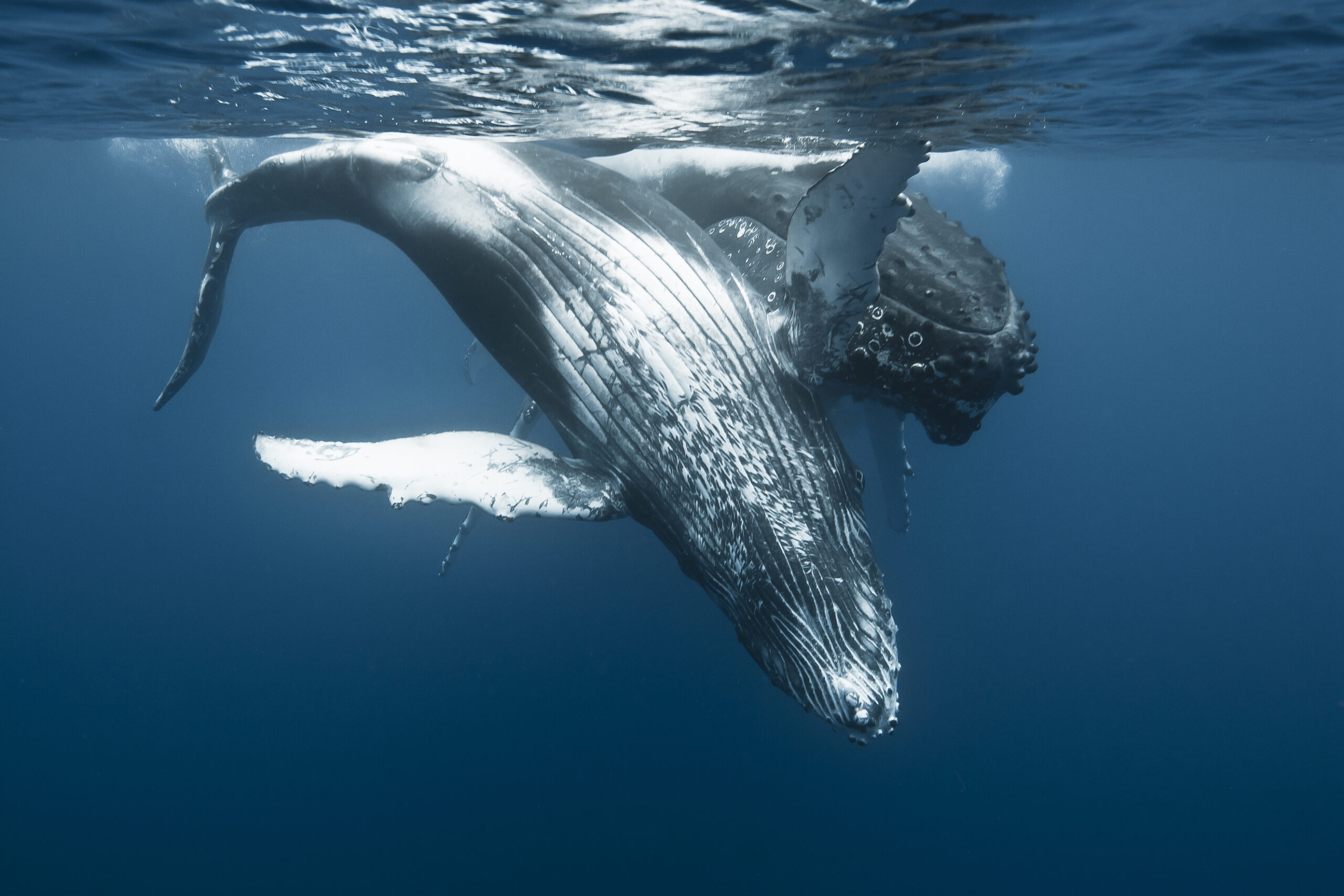
And one of the best places to do land-based whale watching from on the island, is the five-star The Palm Hotel and Spa near Saint Pierre. It has a wooden deck that wraps around the property overlooking the rugged cliffs of the wild south, Kah beach and the Indian Ocean below. There are fixed binoculars along the wooden deck to allow for better views of the frolicking whales.

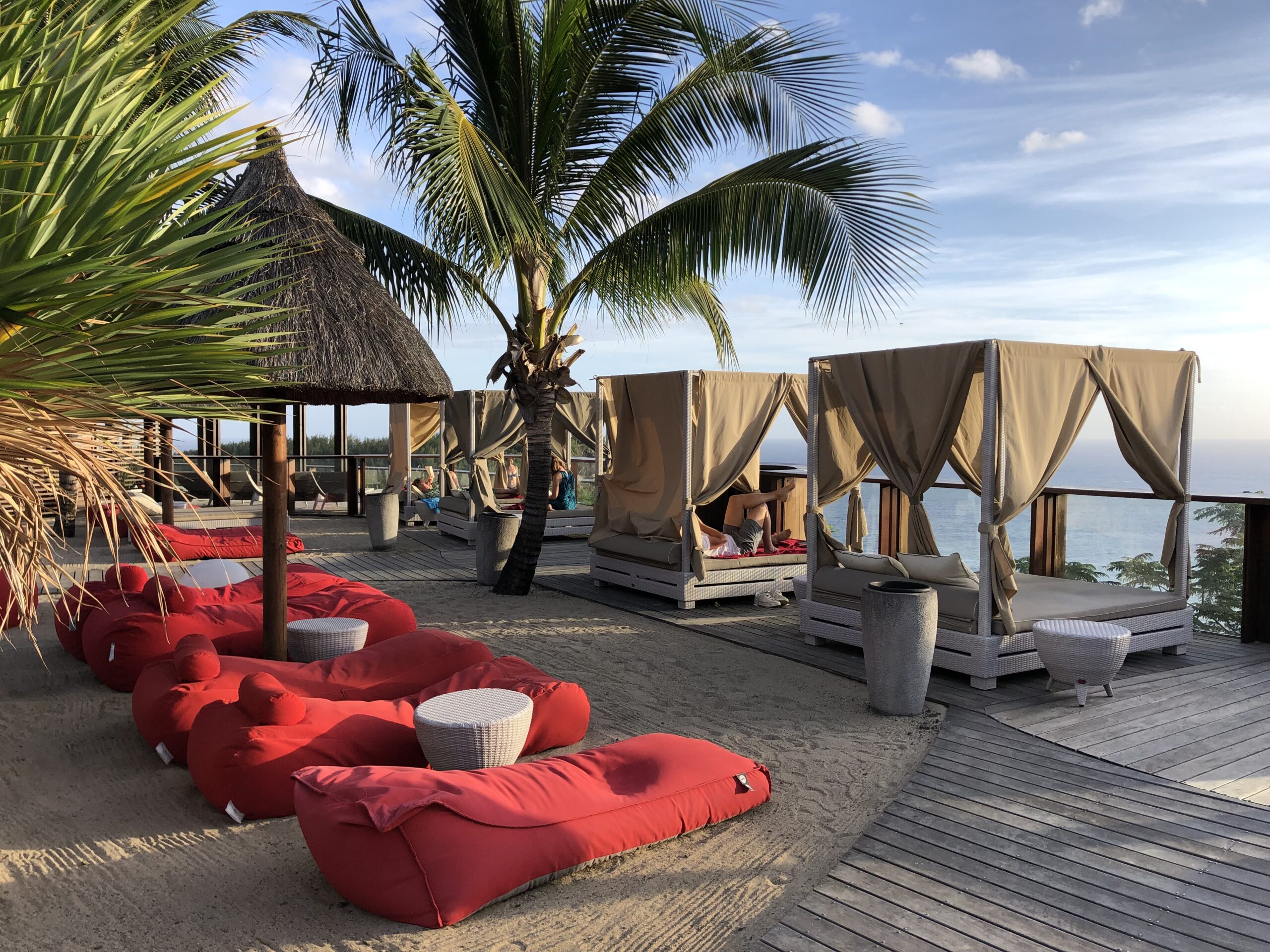
X 4x4ing: If you’re searching for adventure, why not undertake a half, full or weekend 4×4 tour with Z’ile 4×4 from Dimitile Ridge to the volcano and along the wild south. You’ll explore Cirque de Salazie and the Remparts River too.
Y Why not do a home stay in a registered gite (homestay) where you’ll cook and eat with a local family and get a closer glance into life on this tropical island. This is surely one of the most engaging ways in which to travel, to truly get a sense of what everyday life is like, to learn more about the culture, cuisine. It offers an inside glance into the real Réunion Island.
Z Why is the white foreigner called a “Zoreille” on the island? While the word was traditionally used in French overseas territories and departments for people who come from metropolitan France, these days it’s often used to describe foreign travellers to the island.
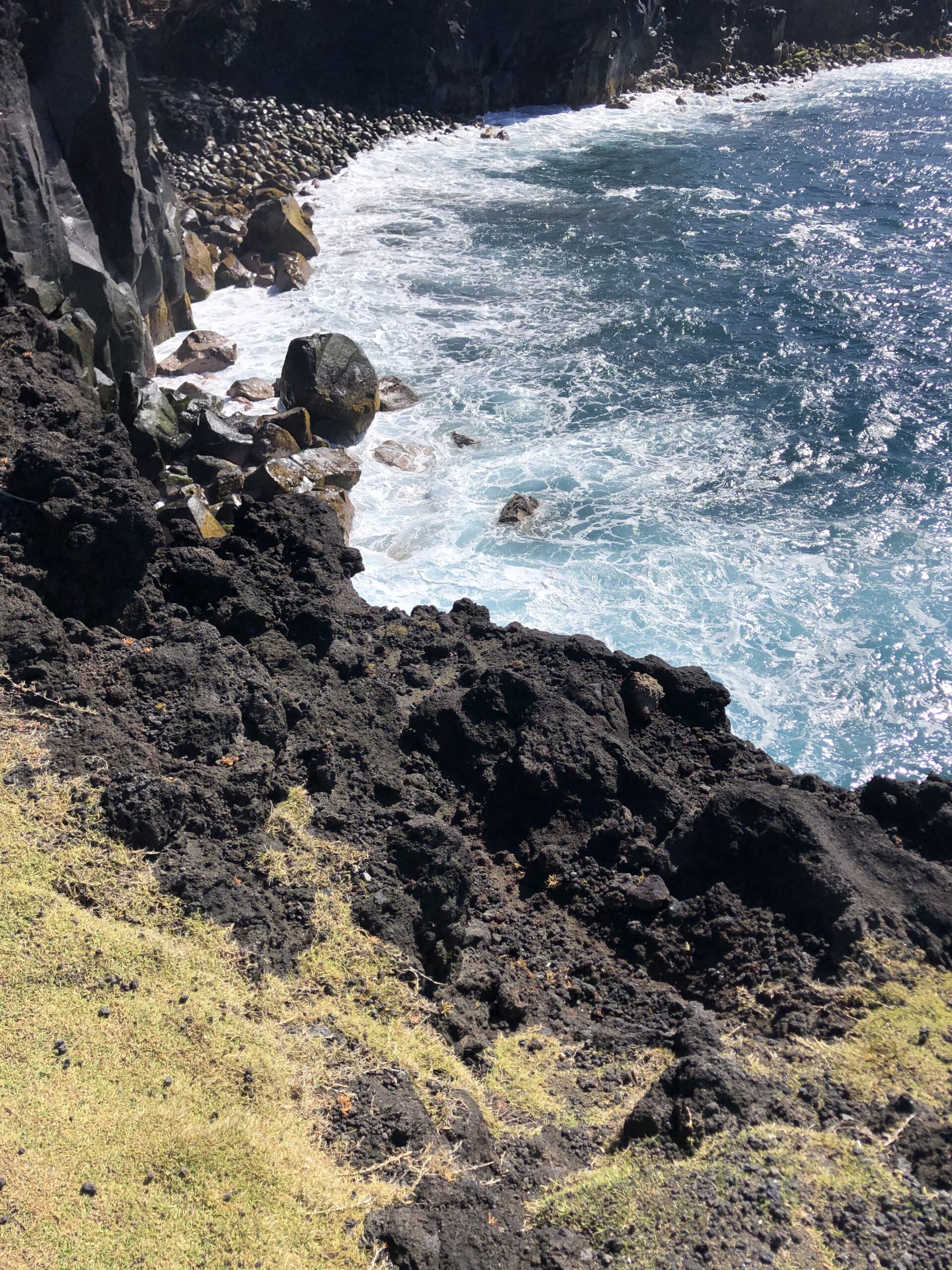
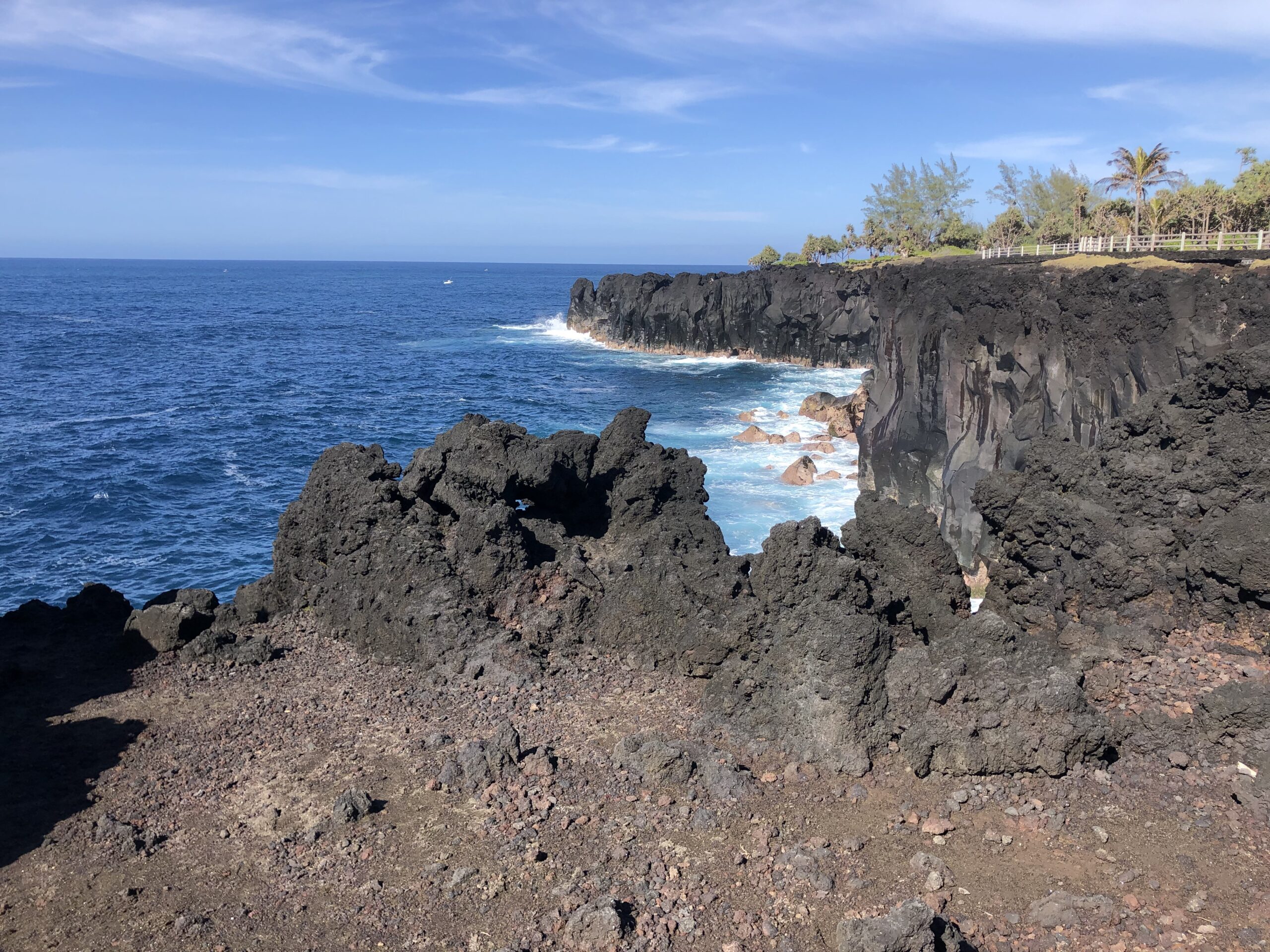
I was hosted by Réunion Tourism Board, as well as Air Austral on behalf of Lesley Simpson Communications. All opinions are my own, but you already know that. ;)




